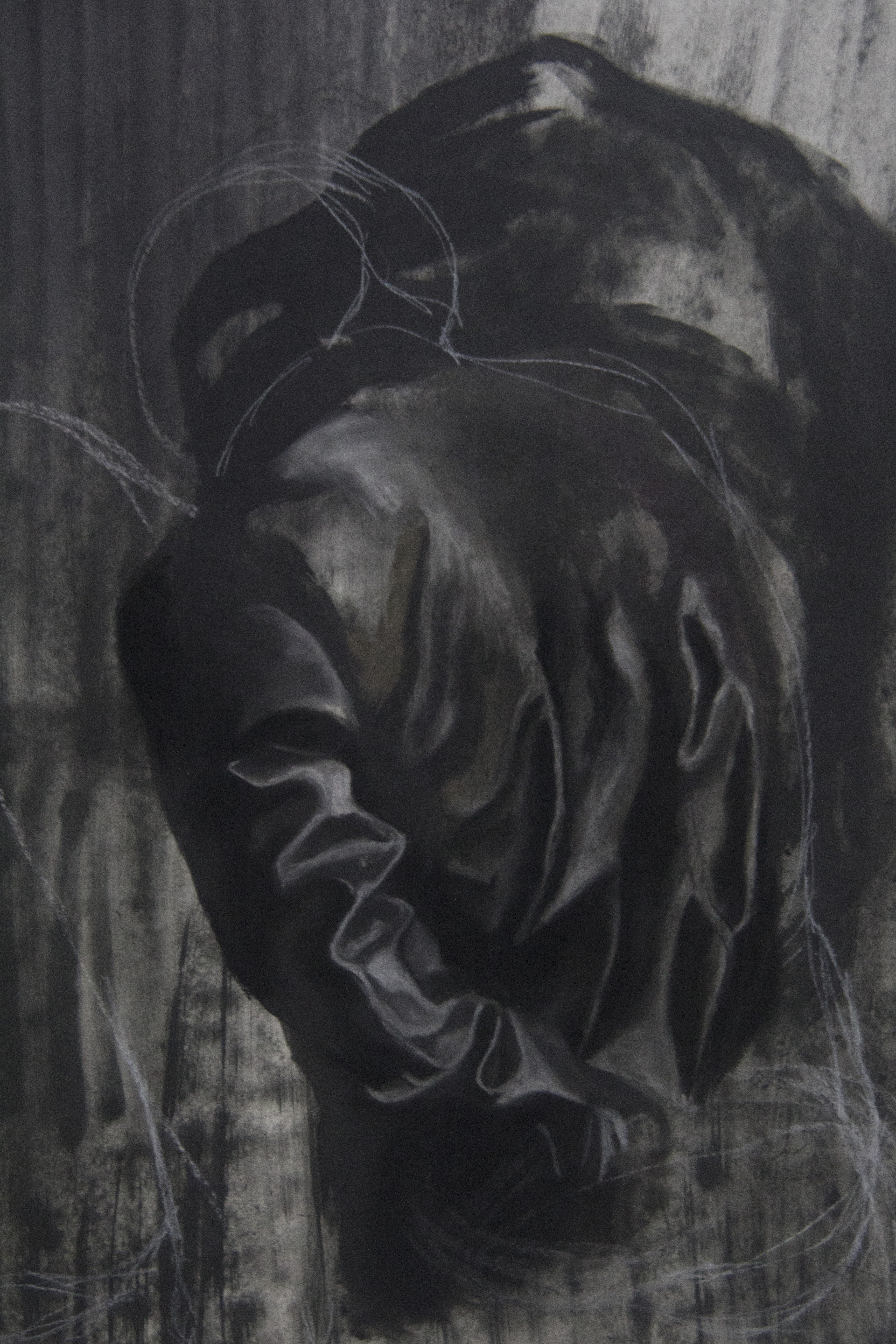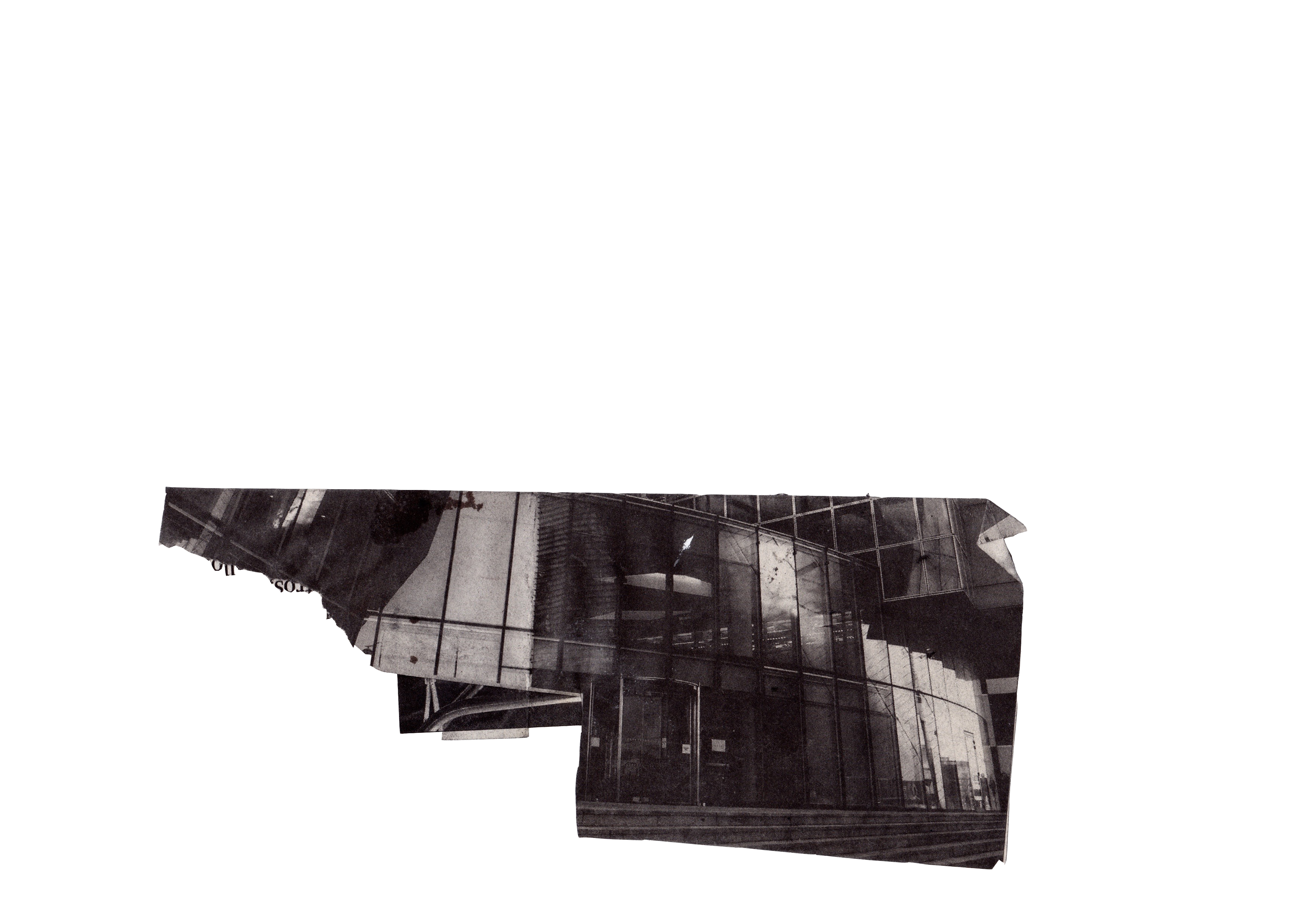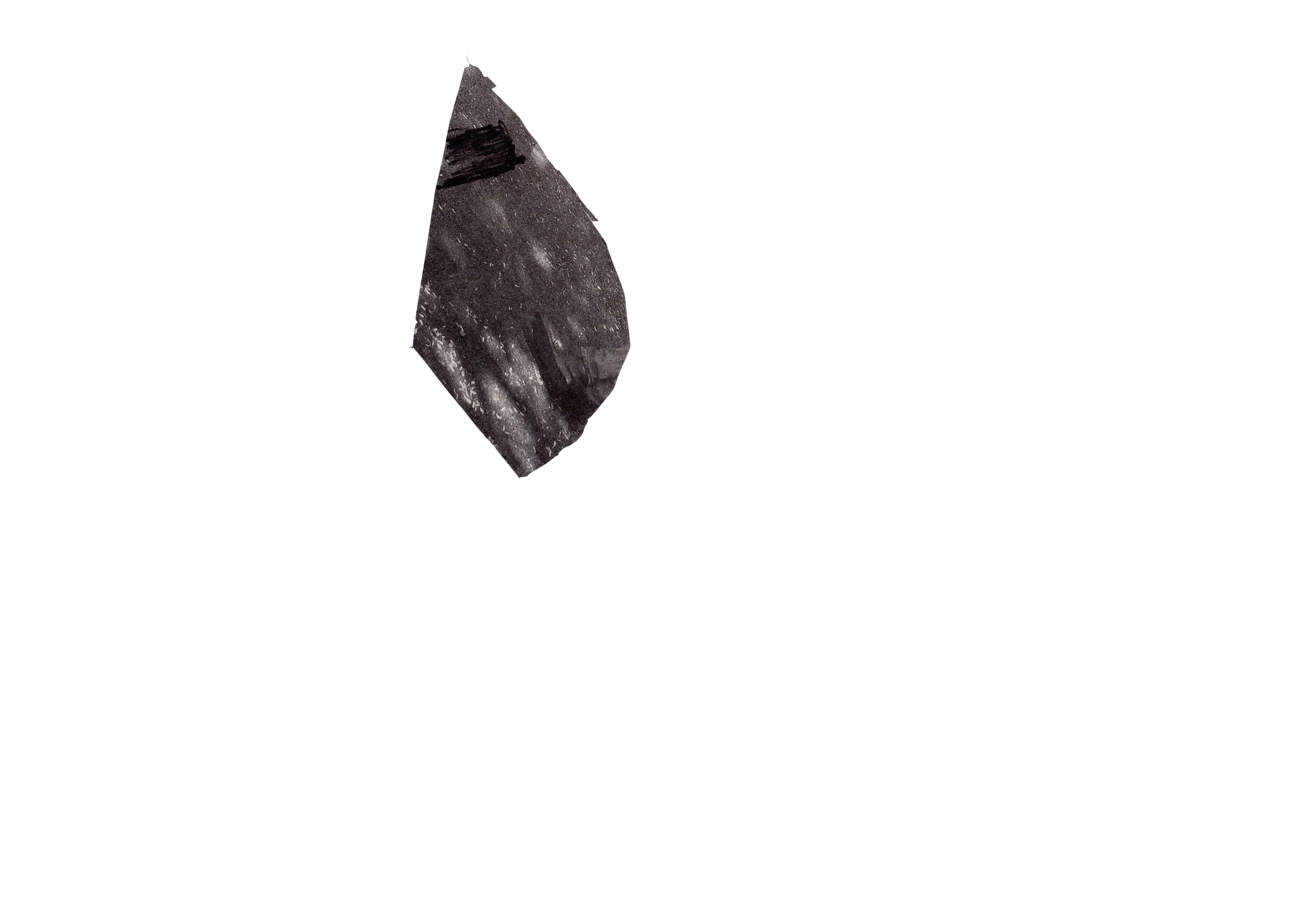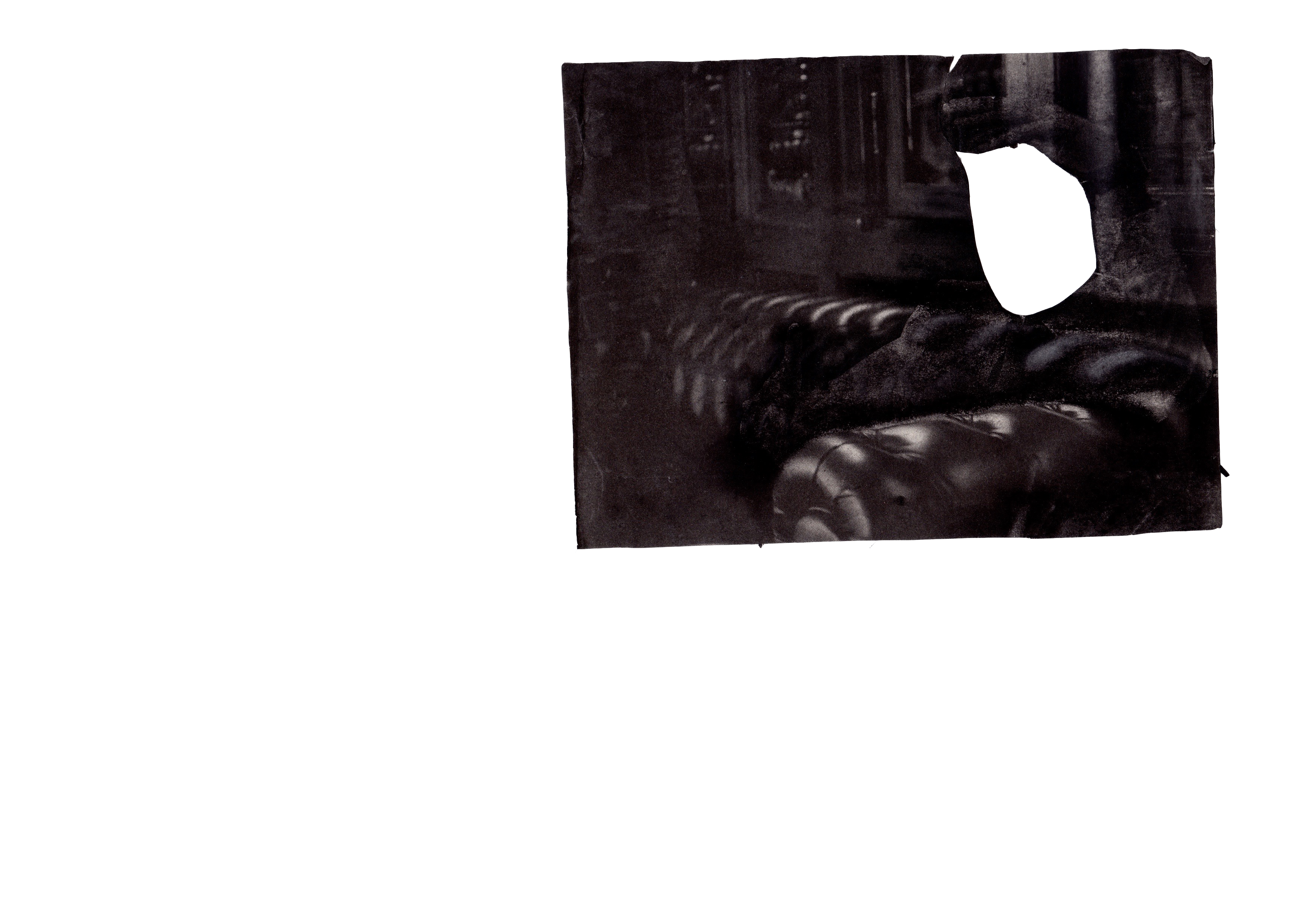HANS
2019
Fragments of a manual of incarceration proceedings whose edition is from one 1937.




A room
A surface to circulate freely
A bed to rest
A chair to be comfortable and work
A desk to work
Furniture to condition everything in the right place.
Without it, emerges a situation of complete laziness that demoralises and opposes the discipline, obtaining as a conclusion, the no re-adaptation of the person, with disturbances in the inner regime.
The work and the tiredness are less prone to develop the imagination and exacerbate passions.
Normal Citizens can become torturers.
Training them in a rigid and completely controlled environment, under the influence of rewards and punishments, putting them under group pressure or making that survival itself depends on the adaptation to an environment in which they must torture.
Merino describes the way in which, with a matter of time, he end up seeing his torturer as an attractive person, and the combination between deprivation, fear and caring details, like a cigarette, a bar of chocolate, or a much more comfortable chamber, didn't take too long to undermine his resistance.
Jean Amery described in Beyond Guilt and expiation, his own torment, saying that torture reduces a human being to a body that screams.
The more complex step, finally, beyond intentionality and propose, consist in establishing a motivation, that is to say the psychologic and social reasons that drives a person to torture another.
These theories gather each other, in grosso modo, in two different paradigms. One of them is the environment type, and claims that, given the conditions and right circumstances, anyone can become a perpetrator [Zimbardo 2007 and 2008] while the other one, more of the individualistic type, consider that exist determined cognitives and personality traits, that allows understanding the motivation that drives a person –an not another one- to become a perpetrator.
M